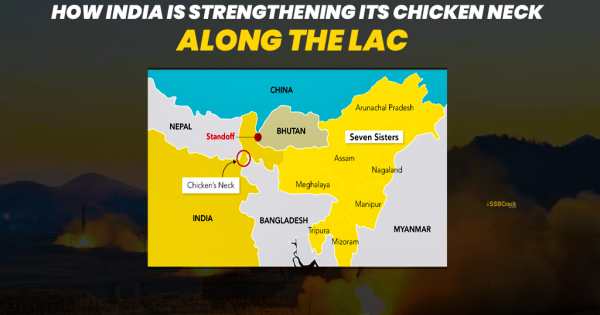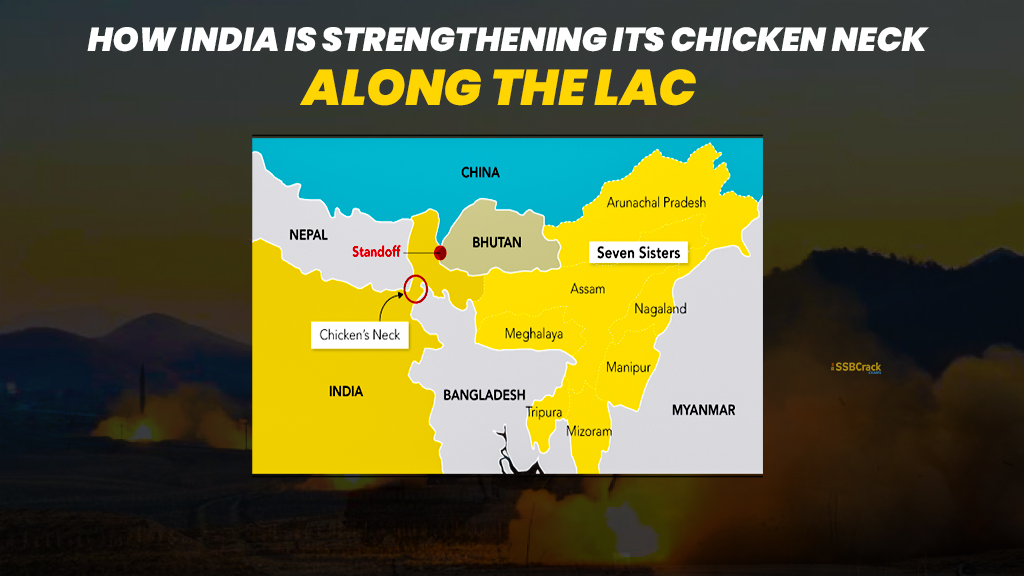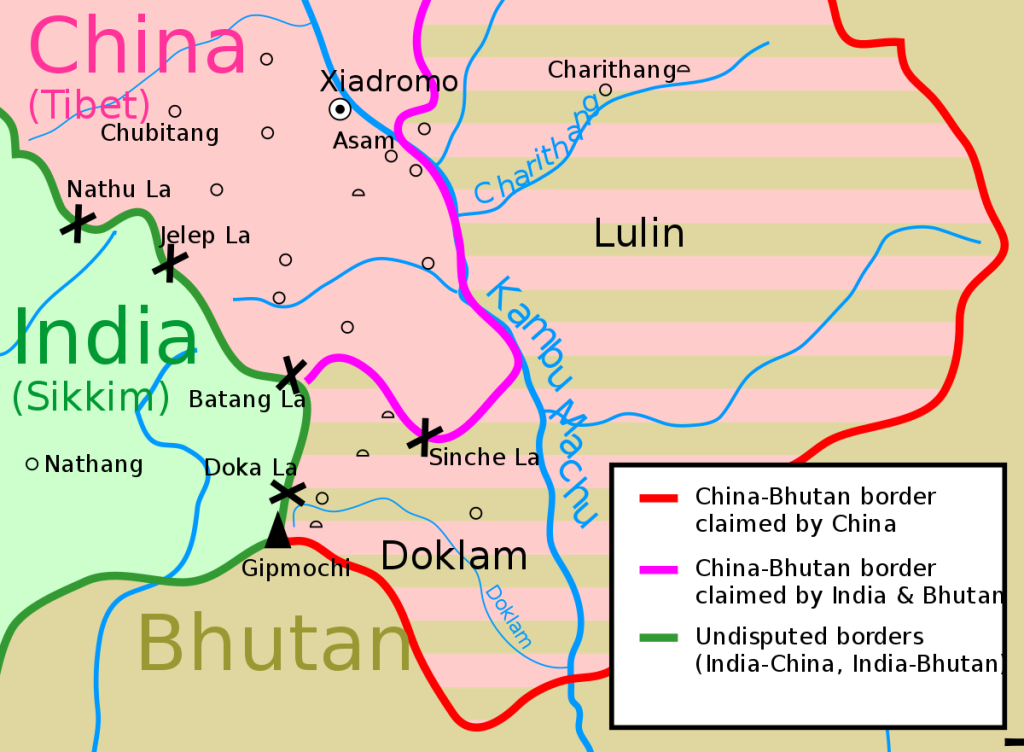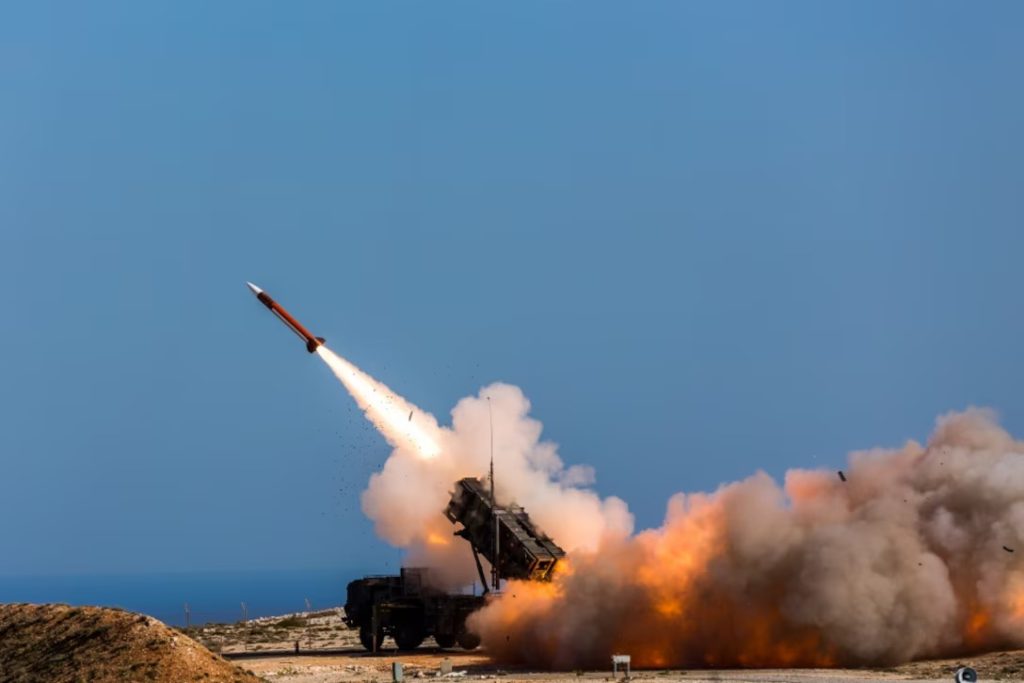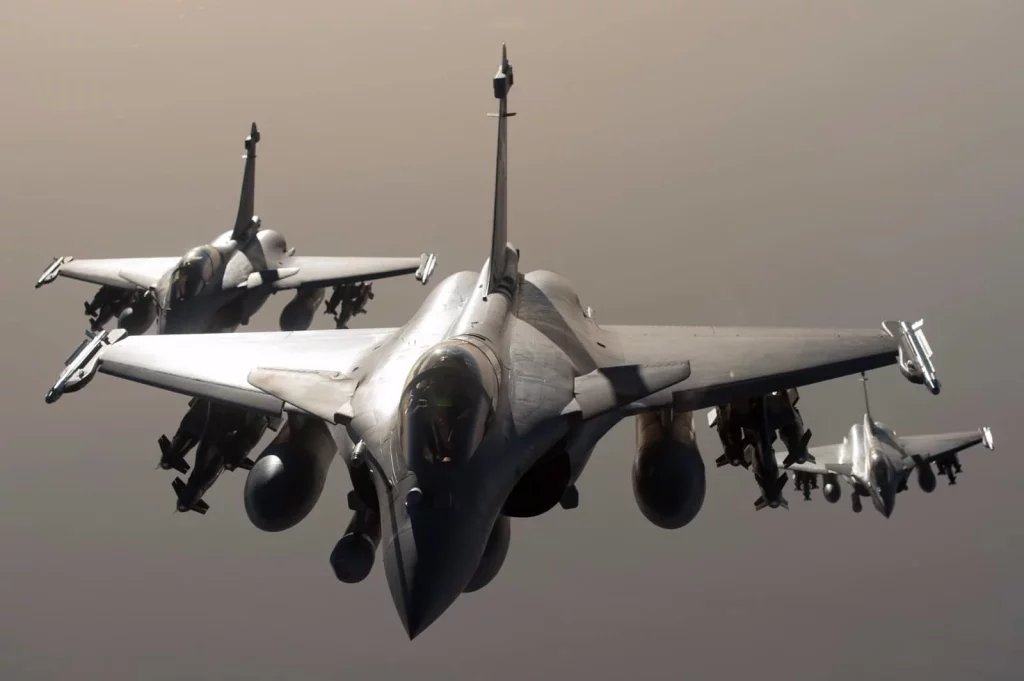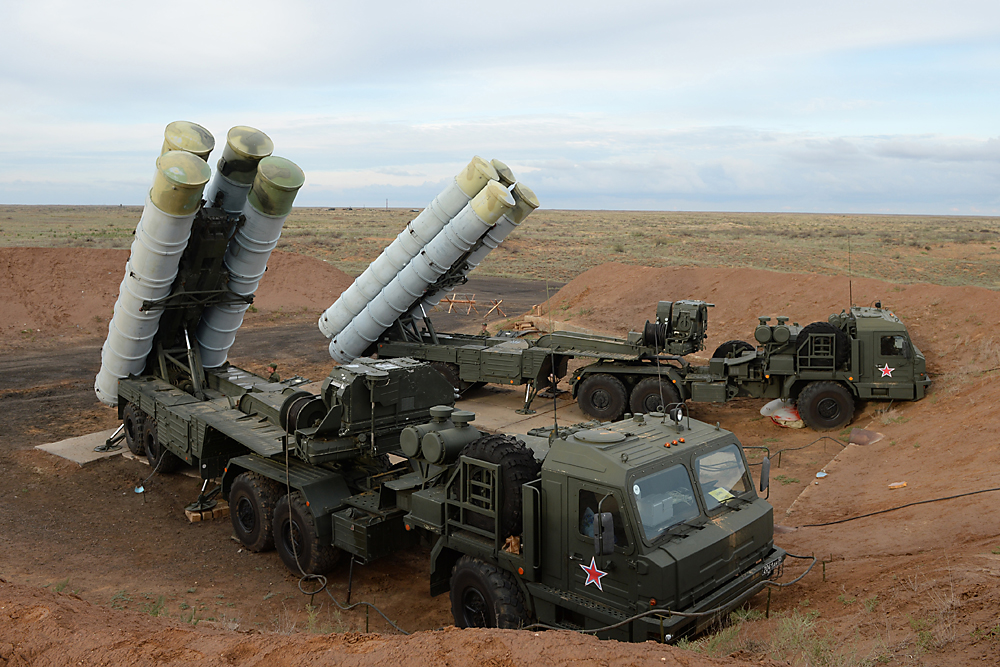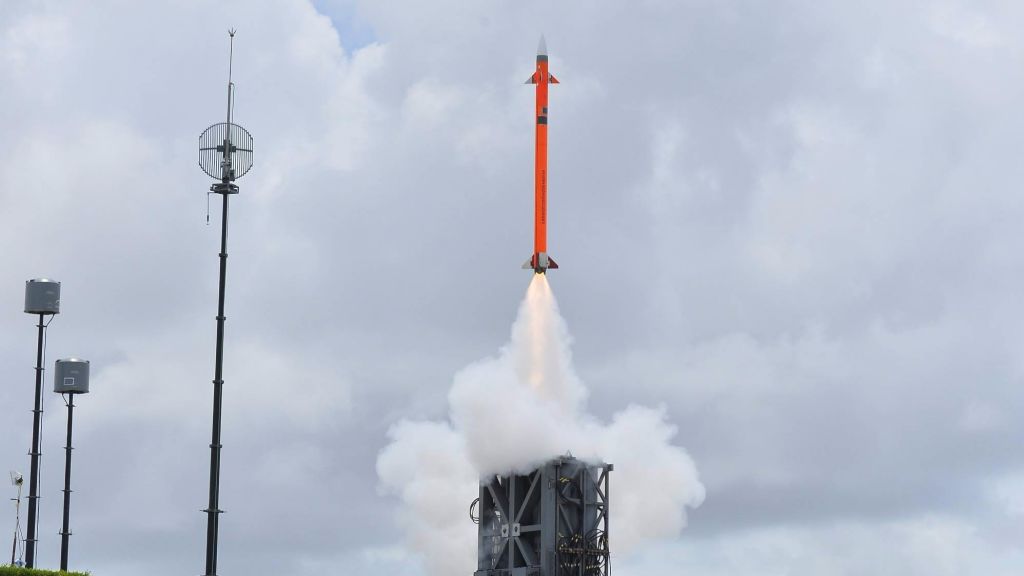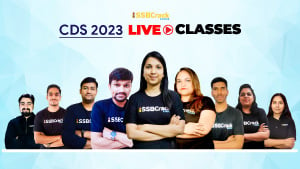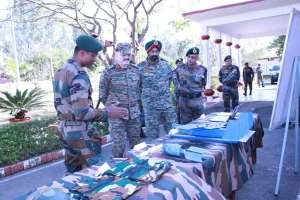The government has inducted five major offensive and defensive equipment in the region. General Anil Chauhan, the Chief of Defence Staff (CDS), visited the forward areas of North Bengal over the weekend to assess the Armed Forces’ operational readiness in the Sikkim Chicken Neck corridor.
Operational Readiness
Since May 2020, Indian and Chinese troops have been locked in a border standoff along the entire Line of Actual Control (LAC). General Chauhan paid a visit to Hashimara Air Base in Bengal, where the Indian Air Force has deployed its newest fighter jet, the Dassault Rafale. He also went to Sukna to see the headquarters of the 33rd ‘Trishakti’ Corps.
Previously (in 2017), Chinese and Indian forces were locked in a two-month standoff at the tri-junction of India, China, and Bhutan’s borders. During the two-month-long crisis, the Chinese attempted to build a road in Bhutan’s Doklam region. The Indian Army then crossed into Bhutanese territory, forcing the Chinese to halt construction.
The construction of the road on the Doklam plateau would have allowed the Chinese to get closer to the Jampheri ridge, which would have threatened the Siliguri Corridor in the state of Sikkim. Sensing the urgency of the situation and the rapidly changing tactical situation, the Indian government has taken a number of measures to deter any Chinese aggression in the ‘Chicken’s Neck’ area or the Siliguri Corridor.
Here is a list of five major offensive and defensive equipment inducted in the region by the government, that is:
BrahMos Missile
The BrahMos is a supersonic land attack cruise missile co-developed by India and Russia. The missile can destroy enemy targets at ranges of more than 290 kilometers and has a top speed of 2.9 Mach. India has also developed air-launched BrahMos variants, known as Brahmos-A, which have a range of more than 400 kilometres and are carried by IAF Sukhoi Su-30MKIs. To deter the Chinese from engaging in any military misadventure, the Indian Army has deployed a regiment of BrahMos missiles in the chicken neck area.
Also read: Is Brahmos Missile Enough For India?
Dassault Rafale Fighter Jets
In order to bolster its offensive posture, the Indian Air Force has inducted a squadron of 18 French Rafale jets at Hashimara Air Base in northern Bengal. The Dassault Rafales is a multi-role fighter jet capable of air defence, air interdiction, and strike missions for the Air Force. In 2016, India paid more than $9 billion for 36 planes from France. The Rafales, along with the BrahMos land-attack cruise missiles, provide the IAF with a powerful offensive punch.
Also read: Everything You Need To Know About Rafale Fighter Jet
S-400 Surface-To-Air Missile System
The S-400 SAM is a surface-to-air missile system capable of defeating enemy fighter jets, cruise missiles, and ballistic missiles from ranges of more than 400 kilometers. Russia has sold India five regiments of this system for more than $5 billion. So far, Russia has delivered three regiments to the IAF. The first regiment was stationed in the Punjab region, guarding the western border with Pakistan and the northern border with China. The second regiment was reportedly deployed in the Siliguri corridor’s chicken’s neck area to deny Chinese fighter jets access to Indian airspace.
Also read: Why S-400 Missiles Systems Is A Game Changer For Indian Armed Forces?
Abhra Medium Range Surface-To-Air Missile System (MRSAM)
The Abhra SAM is an air-defense system developed by India’s DRDO in collaboration with Israel. The SAM was capable of defeating aerial targets at ranges exceeding 70 kilometers. In Army jargon, the system is known as MRSAM and was inducted into the Army 33 Corps operational area in early February.
Also read: Indian Army Successfully Flight Tests Medium Range Surface To Air Missile (MRSAM)
Akash Air-Defence System
Another air-defence system, Akash, was also stationed in the area. The Akash air-defense system, along with the Abhra MRSAM and S-400 systems, protects India’s eastern airspace from any Chinese incursion. Bharat Dynamics Limited manufactures the Akash air-defense system, which was developed by DRDO (BDL). Only two weeks ago, the Indian Ministry of Defence signed an Rs 8,160 crore deal to purchase two additional regiments of improved Akash air-defence systems for the China border.
Also read: Indian Army Signs Over Rs 6000-Crore Deal For Akash Air Defence System
The improved Akash has new seeker technology, a smaller footprint, and 360-degree engagement capability, with an overall indigenous content of 82%, which will rise to 93% by 2026-27. Aside from the offensive and defensive equipment that has been deployed in the region, Indian forces are also conducting joint military and air-assault exercises.
To crack the SSB Interview and join the Indian Army as an Officer, You can join our SSB interview live classes batch and we recommend you to Enroll SSB INTERVIEW ONLINE COURSE. Trusted by thousands of defence aspirants.
